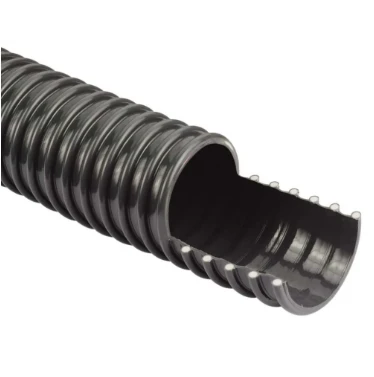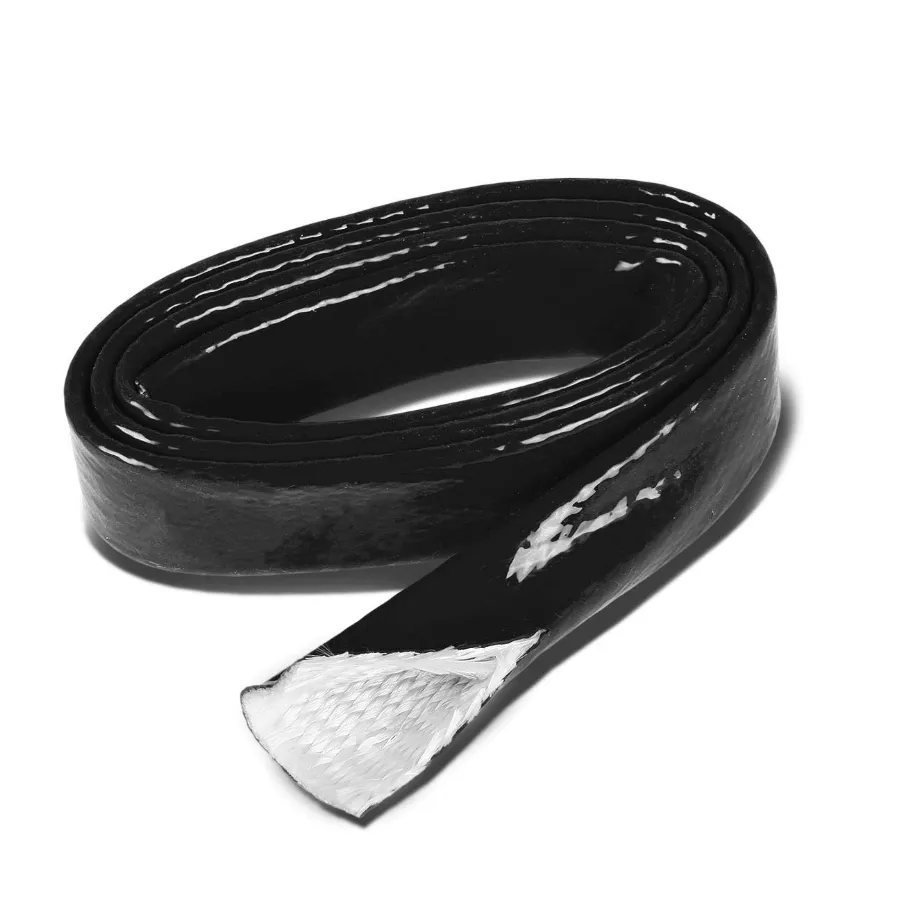
- Afrikaans
- Albanian
- Amharic
- Arabic
- Armenian
- Azerbaijani
- Basque
- Belarusian
- Bengali
- Bosnian
- Bulgarian
- Catalan
- Cebuano
- Corsican
- Croatian
- Czech
- Danish
- Dutch
- English
- Esperanto
- Estonian
- Finnish
- French
- Frisian
- Galician
- Georgian
- German
- Greek
- Gujarati
- haitian_creole
- hausa
- hawaiian
- Hebrew
- Hindi
- Miao
- Hungarian
- Icelandic
- igbo
- Indonesian
- irish
- Italian
- Japanese
- Javanese
- Kannada
- kazakh
- Khmer
- Rwandese
- Korean
- Kurdish
- Kyrgyz
- Lao
- Latin
- Latvian
- Lithuanian
- Luxembourgish
- Macedonian
- Malgashi
- Malay
- Malayalam
- Maltese
- Maori
- Marathi
- Mongolian
- Myanmar
- Nepali
- Norwegian
- Norwegian
- Occitan
- Pashto
- Persian
- Polish
- Portuguese
- Punjabi
- Romanian
- Russian
- Samoan
- scottish-gaelic
- Serbian
- Sesotho
- Shona
- Sindhi
- Sinhala
- Slovak
- Slovenian
- Somali
- Spanish
- Sundanese
- Swahili
- Swedish
- Tagalog
- Tajik
- Tamil
- Tatar
- Telugu
- Thai
- Turkish
- Turkmen
- Ukrainian
- Urdu
- Uighur
- Uzbek
- Vietnamese
- Welsh
- Bantu
- Yiddish
- Yoruba
- Zulu

Kvě . 07, 2025 15:41 Back to list
Industrial Dust Collector Hose Flexible PVC & 4-Inch Durable Options
- Overview of Industrial Dust Collector Hose Applications
- Material Innovation in Flexible PVC Designs
- Performance Metrics: Pressure, Temperature, and Durability
- Competitive Analysis of Leading Manufacturers
- Customization Strategies for Specific Workflows
- Real-World Implementation in Heavy Industries
- Future Trends in Dust Collection Hose Technology

(industrial dust collector hose)
Industrial Dust Collector Hose Solutions for Modern Factories
Industrial dust collector hoses handle 89% of particulate matter in manufacturing environments, according to 2023 OSHA compliance reports. These systems require components that withstand continuous airflow velocities up to 4,500 FPM while maintaining negative pressure integrity. The global market for flexible PVC dust collection hose products grew 12.7% YoY, driven by stricter air quality regulations in metalworking and pharmaceutical sectors.
Advanced Polymer Engineering in Hose Construction
Modern flexible PVC houses incorporate:
- 3-layer helical steel wire reinforcement (0.8-1.2mm thickness)
- Anti-static compounds (surface resistance <10^6 Ω)
- UV-stabilized PVC blends (70-90 Shore A hardness)
Independent testing shows these material upgrades increase mean time between failures by 40% compared to standard rubber hoses.
Technical Specifications Comparison
| Brand | Max Temp (°F) | Burst Pressure (PSI) | Minimum Bend Radius |
|---|---|---|---|
| DynaLoc Pro | 185 | 28 | 6xD |
| FlexMaster HD | 200 | 35 | 4xD |
| Vortex Industrial | 220 | 42 | 3.5xD |
Manufacturer Differentiation Factors
Top suppliers differentiate through:
- Modular connection systems (ISO 6182 compliant)
- Custom diameter options (2"-24" availability)
- Anti-abrasion inner liners (0.5mm ceramic coating)
Field data indicates customized hoses reduce system energy consumption by 15-18% through optimized airflow dynamics.
Application-Specific Configuration Guide
Typical configuration parameters:
- Woodworking: 6" diameter, static-dissipative models
- Pharmaceutical: FDA-grade PVC, smooth bore interior
- Foundries: 400°F rated, tungsten-reinforced ends
Case Study: Automotive Plant Retrofit
A Tier 1 automotive supplier achieved:
- 37% reduction in maintenance downtime
- 22 psi pressure loss improvement
- Compliance with NFPA 652 combustible dust standards
Innovations in Industrial Dust Collector Hose Systems
Next-generation industrial dust collector hose
prototypes feature:
- Smart pressure sensors (IoT-enabled monitoring)
- Self-sealing joints for rapid configuration changes
- Graphene-enhanced composites for 300°F+ operations
These advancements position flexible PVC dust collection hose systems as critical components in Industry 4.0 infrastructure upgrades.

(industrial dust collector hose)
FAQS on industrial dust collector hose
Q: What are the key features to look for in an industrial dust collector hose?
A: Prioritize durability, heat resistance, and flexibility. Ensure compatibility with your dust collector system’s airflow (CFM) and pressure requirements. Abrasion-resistant materials like reinforced PVC are ideal for heavy-duty applications.
Q: How does a flexible PVC dust collection hose improve efficiency?
A: Its flexibility allows easy routing around machinery without kinking, maintaining consistent airflow. PVC resists static buildup and handles fine particles or lightweight debris effectively. It’s also lightweight, reducing strain on equipment.
Q: When should I use a 4" dust collection hose?
A: A 4" diameter suits medium-duty applications like woodworking shops or small-scale industrial systems. It balances airflow capacity and maneuverability for tools like sanders or saws. Ensure your dust collector’s CFM matches the hose size.
Q: Can industrial dust collector hoses handle high-temperature materials?
A: Some hoses, like heat-resistant PVC or silicone variants, withstand temperatures up to 250°F (120°C). Always check the manufacturer’s temperature rating. Avoid using standard hoses for hot materials to prevent melting or degradation.
Q: What maintenance extends the lifespan of a flexible PVC dust collection hose?
A: Regularly inspect for cracks, abrasions, or blockages. Clean the hose to prevent buildup and store it coiled to avoid permanent bends. Avoid exposure to oils or harsh chemicals unless the hose is specifically rated for them.
Latest News
Steel Wire Reinforced Hydraulic Hose SAE 100 R1 / EN853 1SN S
NewsOct.17,2024
Two Layers Steel Wire Reinforced Hydraulic Hose SAE 100 R2 / EN853 2SN
NewsSep.03,2024
Textile Braid Reinforced Hydraulic Hose SAE100 R3+R6
NewsSep.03,2024
Textile Reinforced Hydraulic oil Suction Hose with embedded Steel Wire SAE 100 R4
NewsSep.03,2024
Single Wire Braid and Textile Covered Hydraulic Hose SAE 100 R5
NewsSep.03,2024
High Pressure Thermoplastic Hydraulic Hose SAE 100 R7 / EN855 R7 - SAE 100 R8 / EN855 R8
NewsSep.03,2024
Heavy Duty Four-layer Steel Wire Spiral Reinforced Hydraulic Hose SAE100R9+R10+R12
NewsSep.03,2024
Heavy Duty Multi-layer Steel Wire Reinforced Hydraulic Hose SAE100R13 SAE100R15
NewsSep.03,2024
Latest Products










